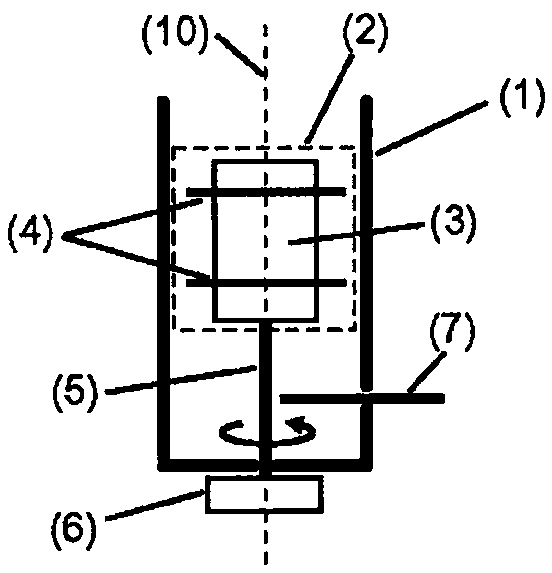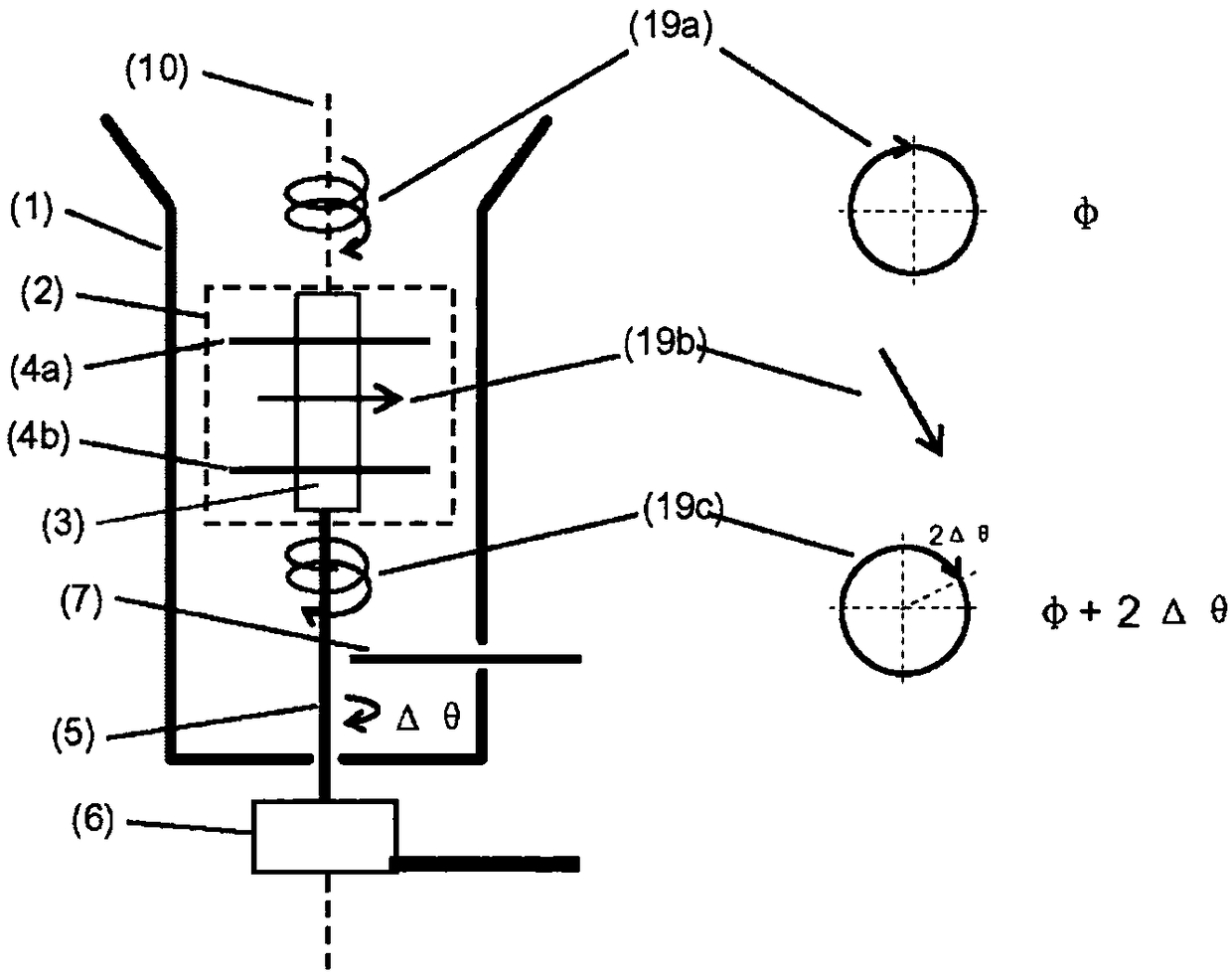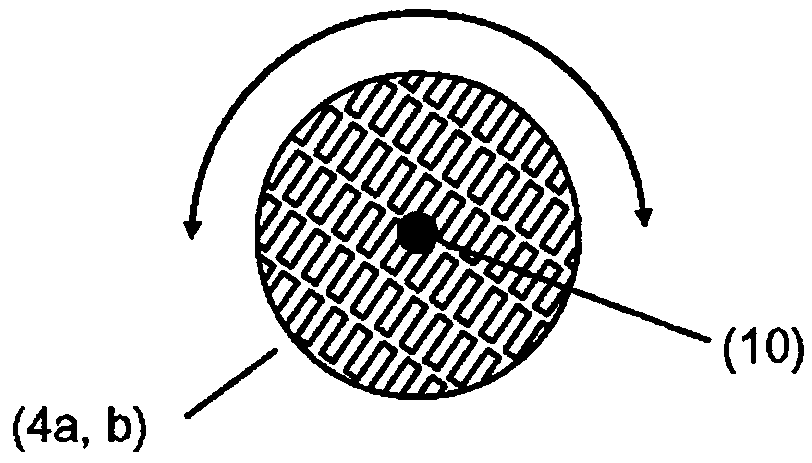Phase-controlled antenna element
A phased antenna and component technology, applied in antenna parts, antennas, electrical components, etc., can solve the problems of characteristic dependence and environmental impact, and achieve the effect of less loss and high antenna efficiency
- Summary
- Abstract
- Description
- Claims
- Application Information
AI Technical Summary
Benefits of technology
Problems solved by technology
Method used
Image
Examples
Embodiment Construction
[0085] Figure 4 One embodiment of a phased antenna element is schematically shown.
[0086] The waveguide radiator 1 is designed as a cylindrical horn radiator, and the signal decoupling and coupling-in 7 are implemented in microstrip technology on an HF substrate 71 .
[0087] The microstrip lines 7 for outcoupling and incoupling the circular mode are here designed as rings. This has the advantage that cylindrically symmetrical waveguide modes in the waveguide radiator 1 can be excited and switched off directly and virtually without losses.
[0088] The waveguide radiator 1 is at least partially cut away at the location of the outcoupling 7 in such a way that the signal outcoupling and incoupling 7 and its substrate 71 are introduced into the waveguide radiator 1 and aligned.
[0089] In order not to interfere with the HF current flowing on the inner wall of the waveguide radiator 1, conductive paths ("vias") 72 are provided, which make it possible to A continuous electrical
PUM
 Login to view more
Login to view more Abstract
Description
Claims
Application Information
 Login to view more
Login to view more - R&D Engineer
- R&D Manager
- IP Professional
- Industry Leading Data Capabilities
- Powerful AI technology
- Patent DNA Extraction
Browse by: Latest US Patents, China's latest patents, Technical Efficacy Thesaurus, Application Domain, Technology Topic.
© 2024 PatSnap. All rights reserved.Legal|Privacy policy|Modern Slavery Act Transparency Statement|Sitemap



